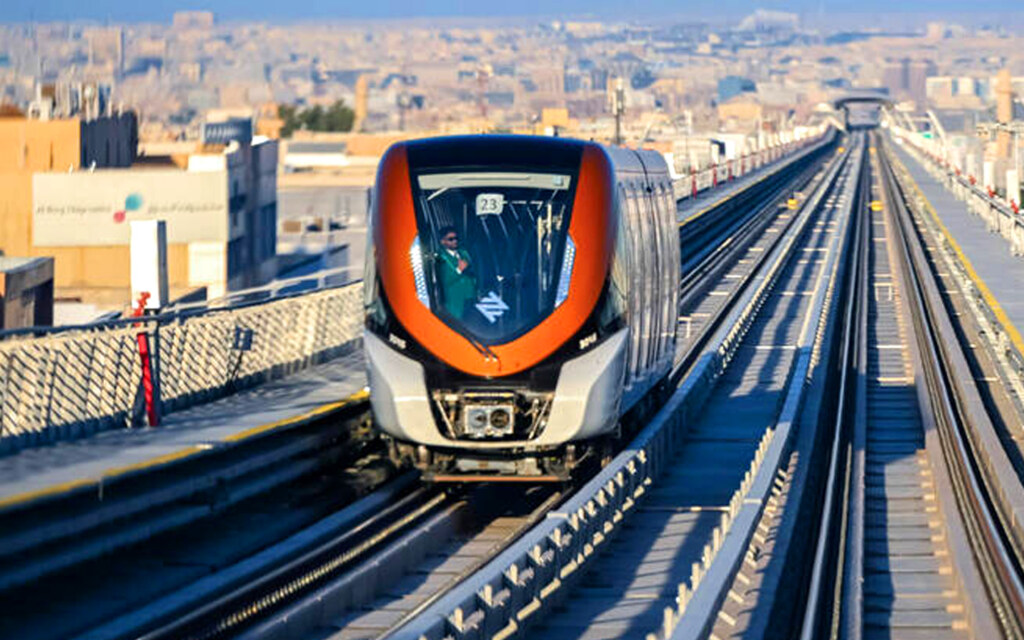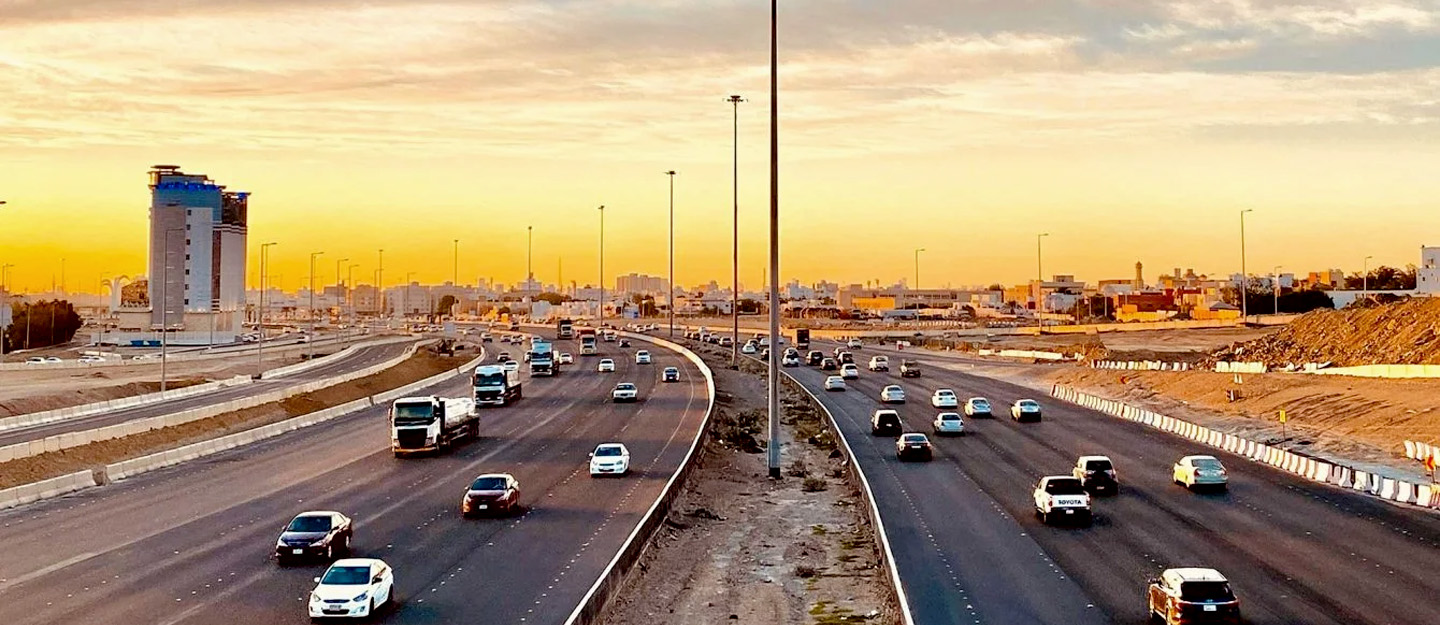When Saudi Arabia builds a road, it creates opportunity. Every new highway, metro line, and port opens doors for tourism, business, and real estate. This shift is shaping how people live, move, and invest. The transport sector in Saudi Arabia is the foundation of national progress under Vision 2030.
Today, the Kingdom is investing over $147 billion to expand and modernize its transport and logistics systems by 2030. From high-speed rail to advanced logistics hubs, these projects are turning mobility into an aspect of national growth.
Scope of Transport Sector in Saudi Arabia
The transport sector covers all forms of movement, land, air, sea, and rail, managed by the Ministry of Transport and Logistics Services (MOTLS). It includes:
- Roads and expressways connecting major cities, ports, and industrial hubs.
- Airports and aviation facilities handling millions of passengers annually.
- Rail networks that move goods and commuters across the Kingdom.
- Seaports linking global trade routes.
- Postal and logistics services supporting e-commerce and supply chains.
This integrated structure strengthens regional connectivity, helping cities like Riyadh, Jeddah, and NEOM grow into global business and investment centers.

Also read about Hejaz Railway Museum on bayut.sa.
General Authority of Transport
The General Authority of Transport (TGA) oversees land, rail, and maritime operations. It ensures that expansion goes hand in hand with safety and efficiency.
TGA’s responsibilities include:
- Setting and enforcing transport laws and safety standards.
- Issuing licenses and permits for commercial operators.
- Supervising public and private transport systems.
- Supporting digital platforms for logistics and passenger mobility.
The Authority’s work ensures that every road and rail project is built to support the Kingdom’s long-term sustainability and economic vision.
Objectives & Vision
Through the National Transport and Logistics Strategy (NTLS), Saudi Arabia aims to become a global logistics hub that connects Asia, Europe, and Africa.
Key objectives include:
- Raising the sector’s GDP contribution to 10% by 2030.
- Tripling air cargo capacity to over 4.5 million tons annually.
- Developing multiple logistics platforms across the country.
- Expanding road networks and adding rail lines.
- Enhancing urban mobility and reducing carbon emissions.
These projects support national growth while opening new opportunities for business, tourism, and real estate development.

Transport’s Role in Real Estate Growth
As transport networks expand, they redefine urban life and property value. Every new highway or metro line brings housing, offices, and retail spaces closer to opportunity.
For investors and developers, this means:
- Higher demand for homes near new transport corridors and industrial zones.
- Mixed-use communities emerging around airports and logistics hubs.
- Rising land value in well-connected cities and suburbs.
The sector’s growth directly supports real estate expansion, turning accessibility into investment potential across the Kingdom.
Building the Future of Mobility
Under Vision 2030, Saudi Arabia’s transport transformation is designed to do more than connect cities; it is about connecting opportunities.
Core projects include:
- Saudi Land Bridge Railway: Linking the Red Sea to the Arabian Gulf.
- Airport expansions to reach millions of passengers annually.
- Seaport upgrades to handle global cargo flows efficiently.
- Smart mobility solutions improving urban transportation.
Each project supports sustainable, technology-driven development. These projects are making cities more livable and investments more promising.
Bayut-KSA: Connecting Progress & Investment
The Kingdom’s massive investment in transport is paving the way for growth in every sector, especially real estate. Modern connectivity is creating new residential and commercial hubs across Saudi Arabia.
Bayut-KSA helps you explore these opportunities. From developments near Riyadh’s metro corridors to housing around logistics zones in Jeddah and Dammam, Bayut-KSA connects you to the places where progress is being built.





